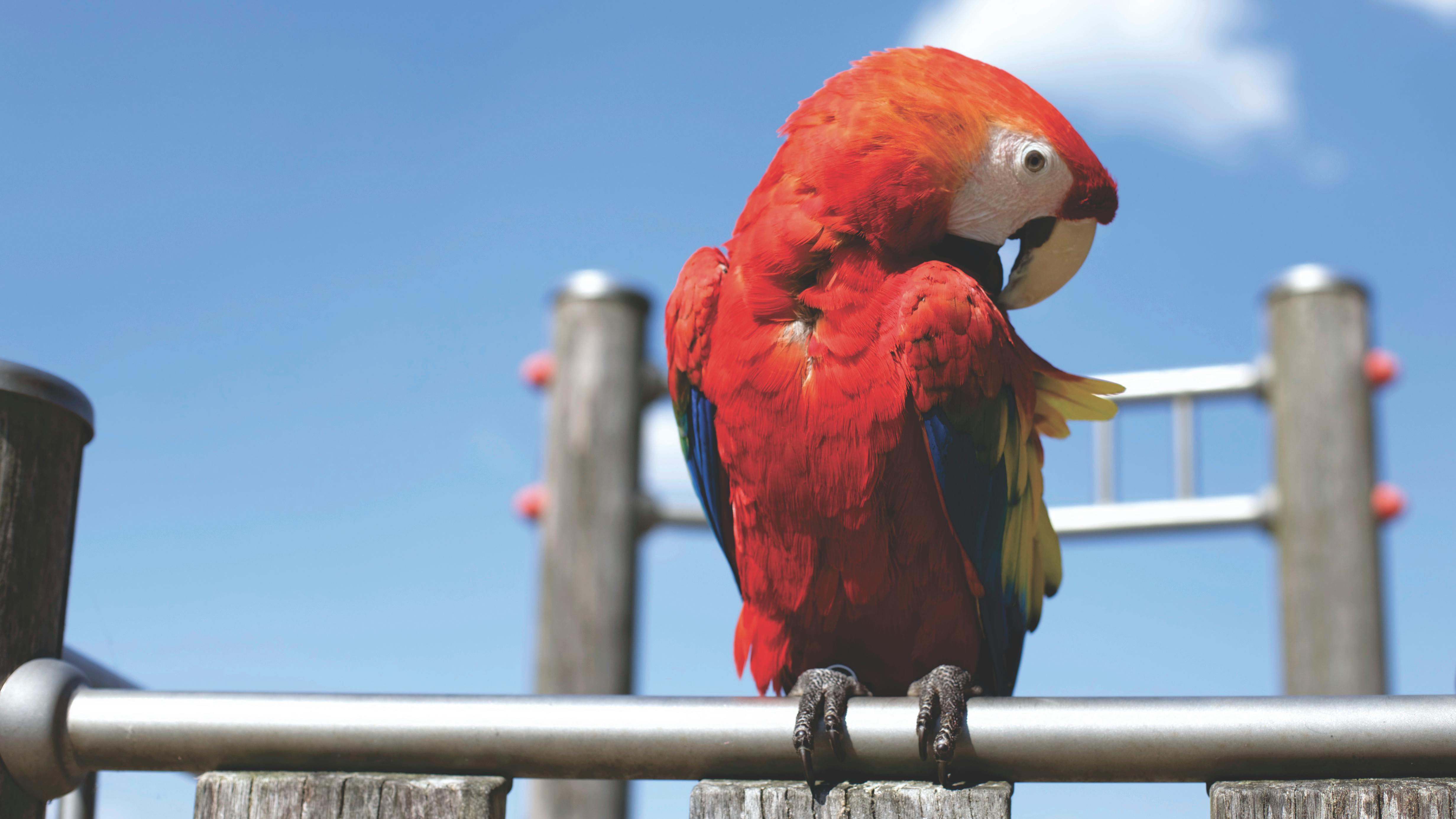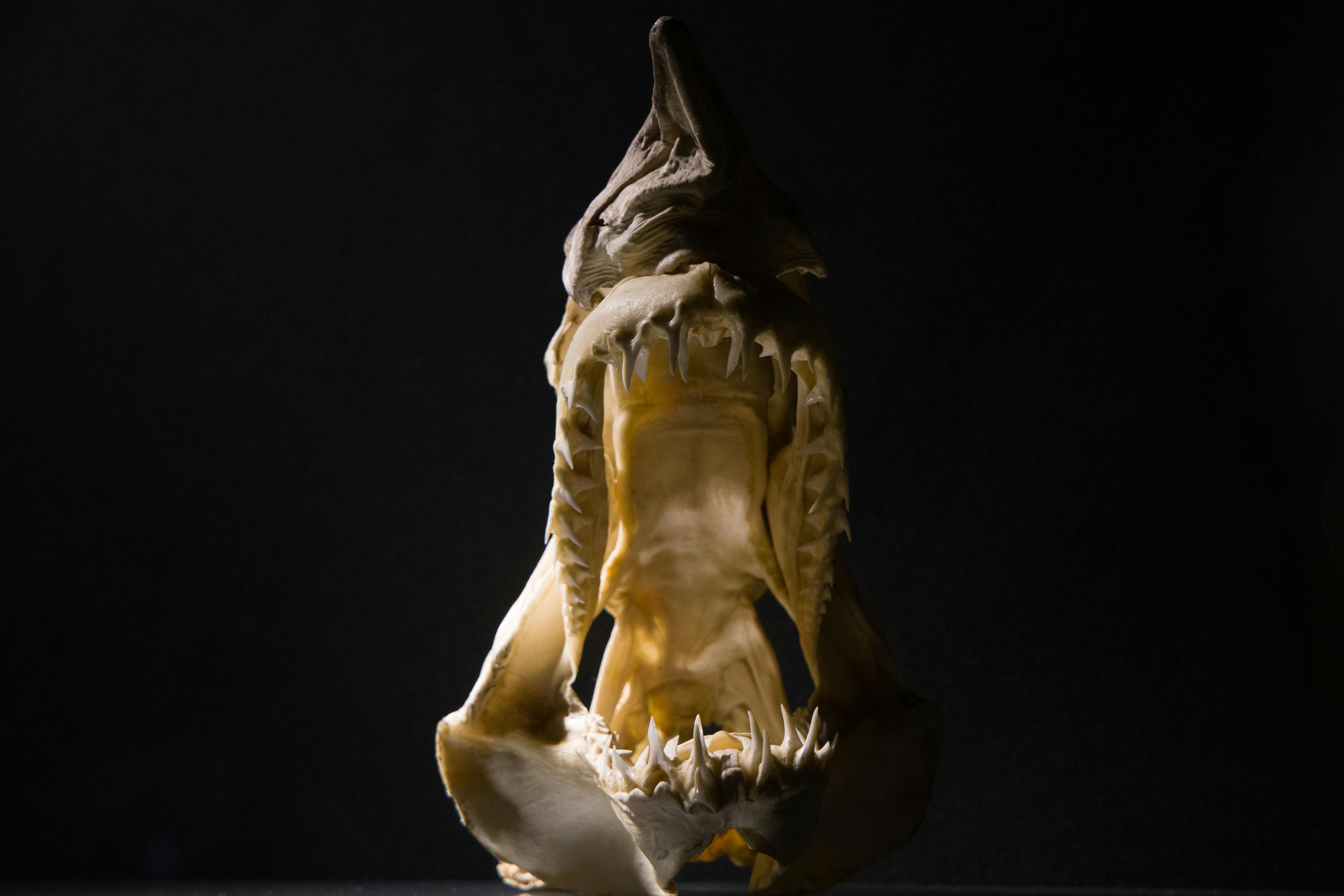
Smart Ways to Discover Cute Fish for Your 2025 Aquarium
With the growing popularity of aquariums as vibrant additions to homes and offices, understanding how to select the perfect cute fish for your setup is essential. In 2025, the aquarium hobby is expected to flourish even more, making it crucial to stay informed about tropical fish species that thrive in various environments. This article will guide you on discovering captivating aquarium fish options that not only enhance the aesthetic of your tank but also promote a thriving aquatic ecosystem.
By focusing on the characteristics of different species, such as guppy fish, betta fish, and more, you can make informed decisions that cater to your specific aquarium needs. Along with understanding fish care and maintenance requirements, you will also discover how to create a harmonious environment that keeps your fish healthy and happy. Let’s dive into the vibrant world of aquariums!
In this article, we will explore:
- The best types of cute fish to add to your aquarium
- Essential tips for fish care and setup
- Understanding fish compatibility and social behaviors
- Common fish diseases and health assessments
- Aquarium maintenance for a thriving aquatic environment
Complete Guide to Selecting Cute Fish for Beginners
Best Fish Species for Beginners
When embarking on your fishkeeping journey, choosing species that are resilient and easy to care for can significantly improve your experience. Notable fish species perfect for beginners include:
Guppy Fish: Known for their vibrant colors and lively nature, guppies are hardy and breed easily, making them excellent choices for those new to aquariums.
Betta Fish: With their beautiful fins and distinct personalities, bettas thrive in well-maintained tanks. They do require specific water conditions, which are important to monitor.
Neon Tetras: These small, colorful fish are ideal for community tanks. Their peaceful temperament makes them compatible with many other species.
These species not only add to your aquarium's beauty but also provide valuable insights into fish behavior and care.
Understanding Fish Behavior and Compatibility
It's crucial to understand the social behavior of your selected fish types. Each species exhibits different social interactions, from schooling to territorial behaviors. Compatibility is key—some fish, like bettas, can be aggressive towards tank mates. Utilizing a fish compatibility chart could help you find suitable companions within your tank.
For example, guppies thrive in groups and feel more secure when kept with their kind. In contrast, some larger fish, such as angelfish, can be territorial and may not cohabitate well with smaller fish like neon tetras. Being mindful of these behaviors ensures a harmonious aquarium environment.
Creating Ideal Fish Tank Conditions
Preparing your aquarium setup involves more than just selecting fish. The right fish tank size, equipment, and decorations play significant roles in maintaining a healthy habitat. Smaller fish like guppies and neon tetras can flourish in a 20-gallon tank or larger but require appropriate filtration and regular water changes.
Additionally, consider using live plants and other fish tank decorations to provide ample hiding spots and reduce stress. Incorporating plants aids in maintaining water quality, while also providing essential cover for shy fish.
Effective Strategies for Fish Health and Maintenance
Essential Fish Care Tips
To keep your fish healthy, establish a consistent fish feeding schedule with high-quality fish food. A balanced diet assists in preventing nutritional deficiencies and illnesses. Observe your fish during feeding times, as this can also indicate their health status—active fish are typically healthy fish.
Regular monitoring of water parameters is crucial for fish health. Test for ammonia, nitrite, nitrate, pH, and hardness levels to ensure your tank conditions are suitable for your fish species. Keeping the aquarium clean and performing regular fish tank maintenance can prevent common diseases.
Recognizing Common Fish Diseases
Common fish diseases can affect the health of your aquarium. Keeping an eye out for symptoms like abnormal swimming, discoloration, or lesions can lead to early interventions. Fish medications specific to the illness can generally be used, but ensuring tank conditions are optimized can often prevent diseases before they arise.
Utilizing a reliable source for advice on fish diseases and treatments is beneficial. Expert recommendations highlight the importance of a clean and well-filtered aquarium.

Comprehensive Guide to Fish Breeding
Understanding Fish Breeding Techniques
For enthusiasts looking to expand their aquarium, understanding fish breeding is essential. A dedicated breeding tank can help manage the breeding process. Establishing the right environment is crucial—appropriate water parameters and a balanced diet will encourage breeding behaviors among your fish.
For instance, guppy breeding is particularly popular among beginners as they breed readily and can have from 20 to 50 fry at a time. It's essential to separate the males from females after mating to prevent the male from eating the fry.
Creating Breeding Conditions
Create a breeding area within your tank using fine-leaved plants where fish can lay their eggs. Many aquarists use a breeding box or separate tank dedicated to raising the fry. Ensure the fry are fed tiny food suitable for their size.
Monitoring the growth and health of the fry will provide insight into your breeding success and improve your fishkeeping experience.

Smart Aquarium Setup and Maintenance Tips
Optimizing Your Aquarium Setup
Setting up your aquarium effectively involves selecting the right equipment and design. Consider the type of filtration system that best suits your aquarium setup. Each fish species may have unique water movement preferences, which can dictate the type of filtration system implemented; aquarium filtration systems vary based on tank size and water volume.
Additionally, try out various aquarium lighting options to create an appealing ambiance while promoting plant growth if you opt for a planted tank. The ideal light conditions will vary based on the fish species you keep and the plants you select.
Ongoing Maintenance Practices
Regular aquarium maintenance routines such as scheduled water changes, tank cleanings, and equipment checks are essential. These practices ensure a stable and healthy environment for your aquatic pets. Implementing a timeline for water testing and changing, typically every two weeks, can greatly enhance fish health.
Additionally, investing in appropriate fish handling techniques ensures the well-being of your fish during any tank movements or installations.
With a thorough understanding of fish species, their behaviors, and ideal habitats, your journey into the aquarium hobby will be fulfilling and rewarding.
Q&A Section: Common Questions About Fishkeeping
What are the best types of fish for beginners?
Some of the best options include guppies, neon tetras, and betta fish due to their hardiness and minimal care needs.
What do I need for a fish tank setup?
You will need a fish tank, filtration system, heater (if keeping tropical fish), substrate, decorations, plants, and quality fish food.
How often should I feed my fish?
Typically, fish should be fed once or twice a day. Avoid overfeeding, as it can lead to water quality issues.
How can I tell if my fish is sick?
Watch for symptoms like lethargy, discoloration, or unusual swimming patterns. Early detection is critical.
What should I do if my fish breed?
Consider setting up a separate breeding tank to maintain optimal conditions for the fry, and ensure you have proper food for them.